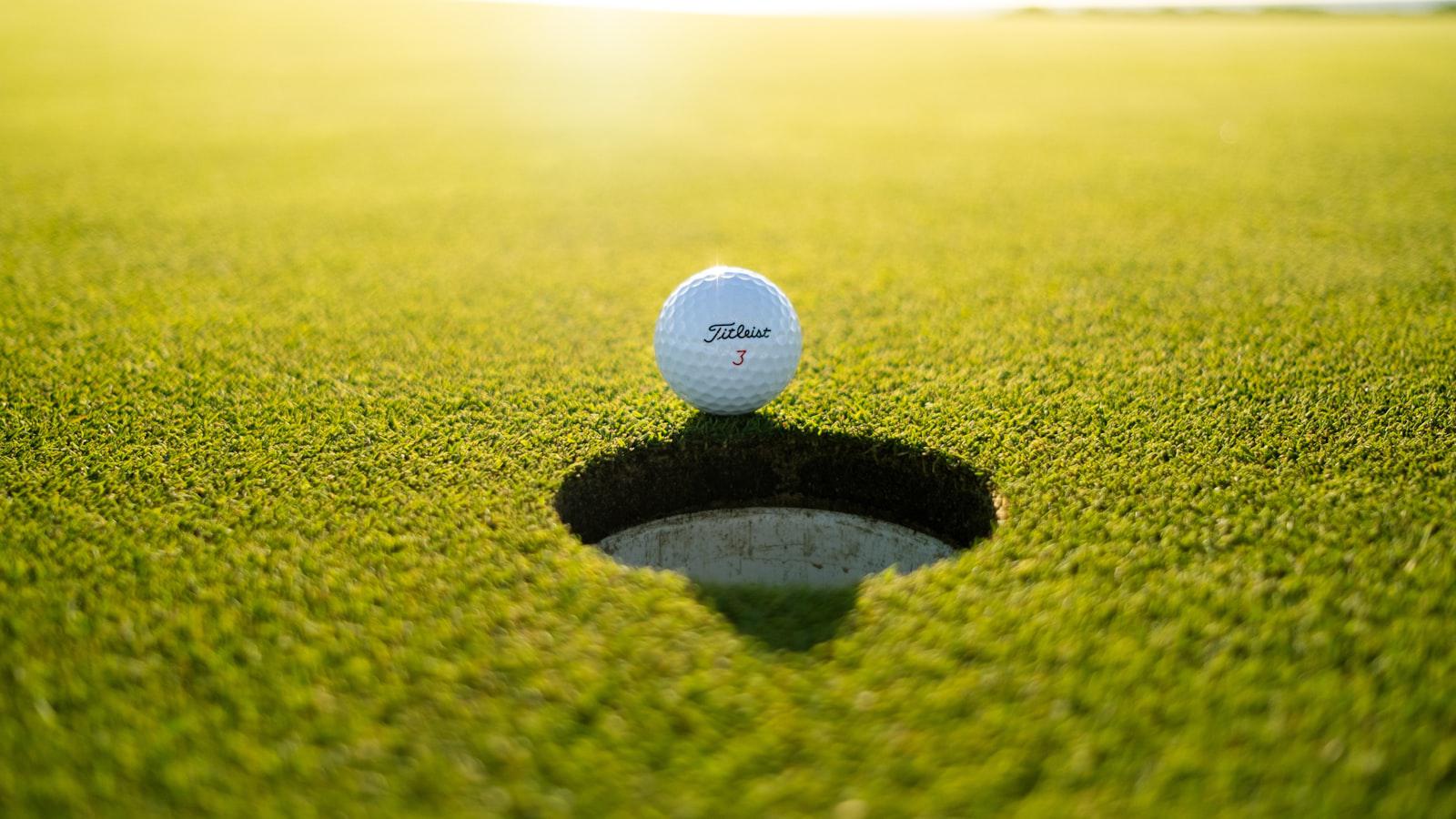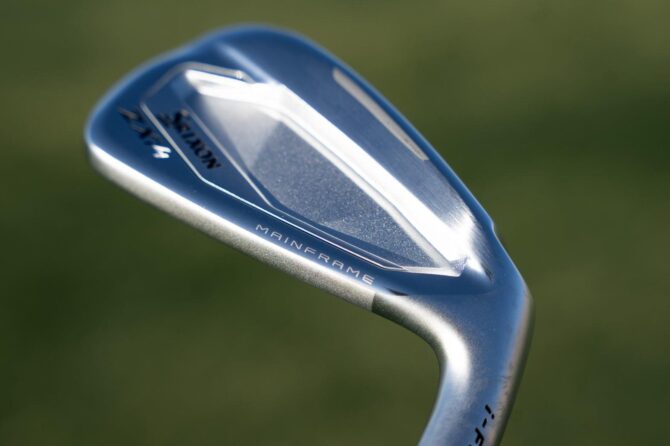Arnold Palmer, a seven-time major champion, had a distinctive grip that many golfers have tried to imitate over the years and has stood up to the test of time. His grip was described as being firm but not tight, with the handle running diagonally across the fingers and the lifeline of the left hand. This grip gave Palmer a lot of control over the club and helped him to generate a lot of power in his swing.
The Key to a Perfect Golf Grip
****
A good golf grip is essential for a consistent swing and accurate shots. There are many different ways to grip a golf club, but the most important thing is to find a grip that is comfortable and allows you to swing the club freely.
Here are some tips for finding the perfect golf grip:
-
Start by placing your left hand on the club (for right-handed golfers). Your left thumb should be pointing down the shaft of the club, and your fingers should be curled around the grip. Your right hand should then be placed on top of your left hand, with your right thumb resting on top of your left thumb.
-
Make sure your hands are positioned in a neutral position. This means that your hands should be straight and not cupped or bowed. Your wrists should also be straight.
-
The grip should be firm but not too tight. You want to be able to hold the club securely, but you don’t want to restrict your swing.
-
Once you have found a grip that is comfortable and allows you to swing the club freely, practice your grip with a few practice swings. This will help you to get used to the feel of the grip and to make sure that you are gripping the club correctly.
With a little practice, you will be able to find the perfect golf grip for your game. A good grip will help you to improve your accuracy and consistency, and it will also help you to avoid injuries.
Here is a trick:
The 10-finger grip: This grip is popular among many professional golfers. To use the 10-finger grip, simply place all 10 of your fingers on the grip, with your left hand below your right hand. This grip provides a lot of control and stability, and it can help you to generate more power.
Arnold Palmer’s Iconic Grip: A Timeless Technique
****
Arnold Palmer’s legendary grip is a testament to the importance of finding a comfortable and effective way to hold the club. His grip, which has been imitated by countless golfers over the years, is characterized by its relaxed yet firm hold and neutral positioning.
Palmer’s grip begins with the club held in the fingers, not the palms. This allows for greater control and power, as the fingers can more easily manipulate the club. The grip is also firm enough to prevent the club from slipping, but not so tight as to restrict swing speed.
The neutral positioning of Palmer’s grip keeps his hands in a straight line with his forearms. This helps him square the clubface at impact and improve his accuracy. By keeping his hands in this position, Palmer is able to generate more power and distance while maintaining control of the club.
Palmer’s grip has stood the test of time because it is a fundamentally sound technique that allows golfers to maximize their potential. By following these principles, golfers can improve their grip and take their game to the next level.
| Key Elements of Arnie’s Grip |
|—|—|
| Positioned in the fingers |
| Neutral position |
| Firm but not tight |
| Relaxed yet firm |
Mastering the Grip for Improved Accuracy and Power
###
The grip is an essential element of the golf swing that can significantly impact your accuracy and power. By following these three key takeaways from analyzing Tour grips, you can improve your grip and take your game to the next level:
- Use a neutral grip. A neutral grip will keep your hands in a straight line with your forearms. This will help you square the clubface at impact and improve your accuracy.
- Position the club in the fingers. The club should be held in the fingers, not the palms. This will give you more control over the club and help you generate more power.
- Keep the grip firm but not tight. The grip should be firm enough to keep the club from slipping, but not so tight that it restricts your swing.
By following these simple tips, you can improve your grip and take your game to the next level. Remember to keep your grip relaxed and natural, and don’t be afraid to experiment with different grip positions until you find one that feels comfortable and allows you to swing the club smoothly and consistently.
The Grip’s Role in Enhancing the Golf Swing
****
The foundation of a solid golf swing begins with a secure and consistent grip. The grip not only connects the golfer to the club but also influences the clubface alignment, swing path, and overall control during the swing. By optimizing grip technique, golfers can unlock significant improvements in their game.
First and foremost, the grip dictates the clubface orientation at impact. A proper grip promotes a square clubface, ensuring the ball launches straight towards the intended target. Conversely, an incorrect grip can lead to an open or closed clubface, resulting in slices or hooks.
The placement of the club in the hands also plays a crucial role. The club should rest primarily in the fingers, not the palms. This allows for greater feel, control, and sensitivity during the swing. Golfers who grip the club in their palms tend to lack precision and may struggle with consistent ball-striking.
Furthermore, the tightness of the grip is critical. Too loose a grip can lead to the club slipping during the swing, while too tight a grip can restrict wrist movement and limit power generation. Finding the optimal grip pressure is essential for maintaining control while promoting a fluid and natural swing.
Additional Tips for an Enhanced Grip:
- Overlapping grip: This grip involves overlapping the fingers of one hand over the fingers of the other. It is a popular choice among many professional golfers.
- Interlocking grip: This grip requires hooking the fingers of one hand into the fingers of the other. It offers a more secure hold for golfers with smaller hands.
- Split-hand grip: This grip involves placing one hand below the club and the other hand above the club. It provides more freedom of movement for the wrists.
By incorporating these techniques into their practice, golfers can transform their grip into a powerful asset that enhances swing mechanics, promotes accuracy, and ultimately elevates their performance on the golf course.
As demonstrated by Arnold Palmer’s timeless grip, mastering the proper technique can revolutionize a golfer’s play. The latest analysis from Bag Spy on Tour grips reinforces this notion, highlighting crucial nuances that can enhance any golfer’s game. Implementing a neutral grip, situating the club in the fingers, and maintaining firmness without excessive tension are key takeaways for improving accuracy, control, and power. These principles serve as a roadmap to unlocking the potential of your golf swing and achieving optimal performance on the course.








